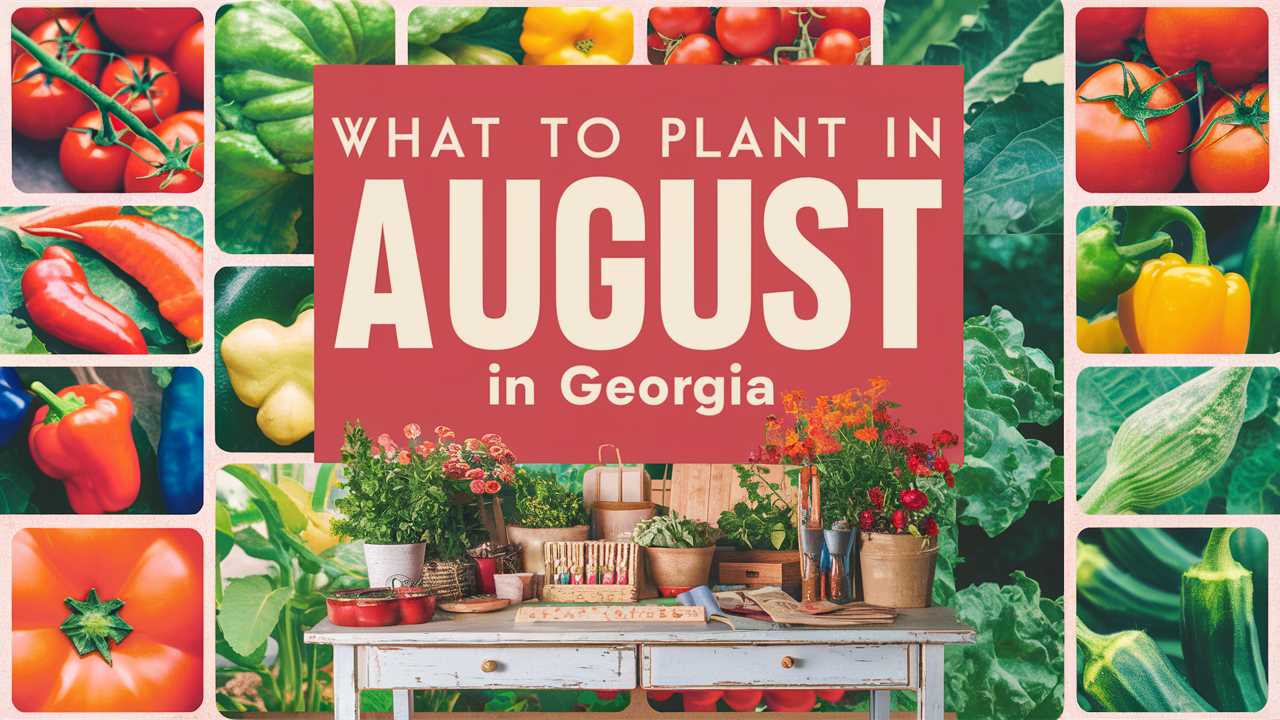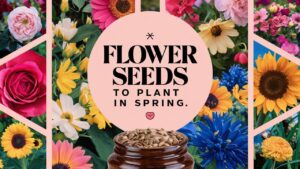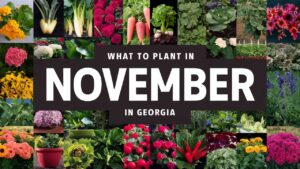August in Georgia presents a unique opportunity for gardeners and landscapers alike. With families still enjoying the warm weather and the soil conditions remaining favorable, it’s a great time to plan and plant for a vibrant fall garden.
Given the state’s diverse climate, particularly in USDA hardiness zones 7b to 8a, this month allows for an idyllic blend of vegetables, flowers, herbs, and landscape plants. Here’s an in-depth guide to what you should consider planting in August across Georgia.
Vegetables To Plant
Planting vegetables in August aligns perfectly with the late summer and early fall season, optimizing harvests before the first frost. Here are ten vegetables you can confidently sow in Georgia during this month:
Kale
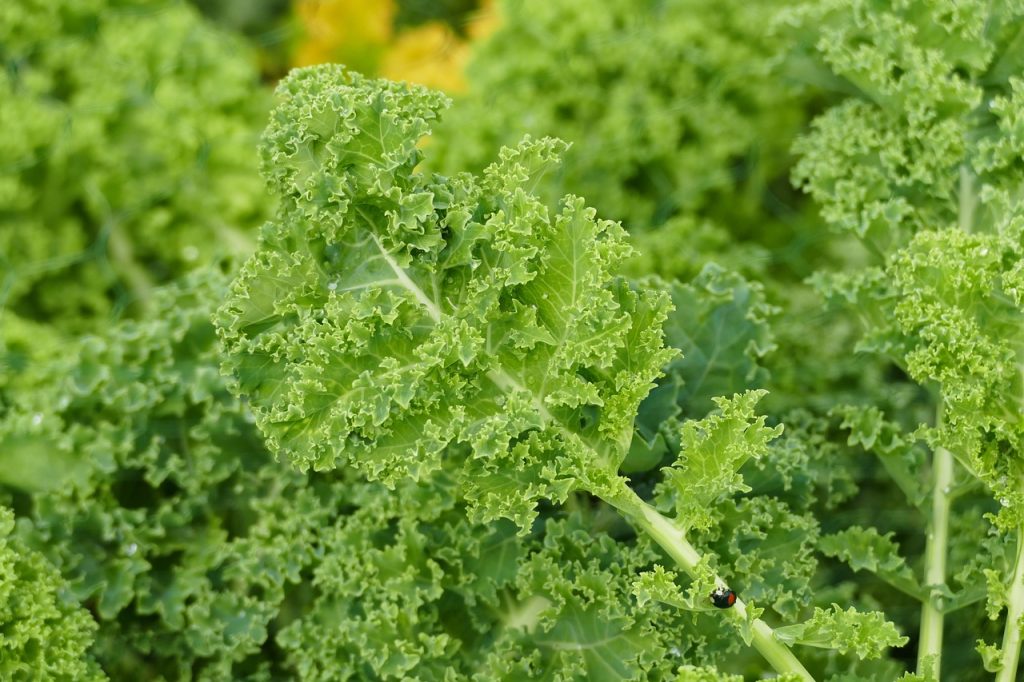
Kale is not only a nutritious leafy green but also thrives with cooler temperatures, making it ideal for August planting. Preferably, seeds should be sown mid to late August to ensure a bountiful harvest in the fall. Kale is incredibly resilient, performing well in USDA zones 7b to 8a, and can endure temperatures as low as 20°F. Its unique flavor often improves after exposure to frost.
Turnips
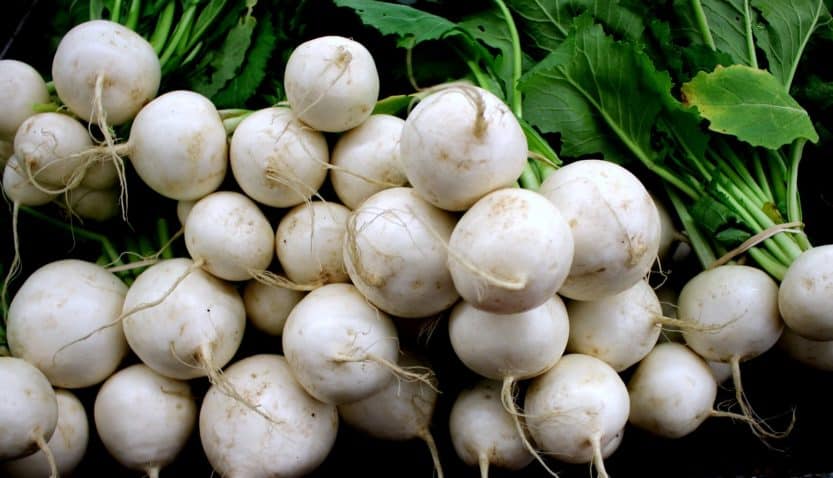
Turnips are a quick-growing, cool-season crop that can be planted in August. They can be sown directly in well-tilled soil and require about 60 days to mature. In Georgia, you can expect to start harvesting them by early to mid-fall. They prefer temperatures between 50°F and 70°F, making the late summer and early fall perfect for their growth.
Carrots
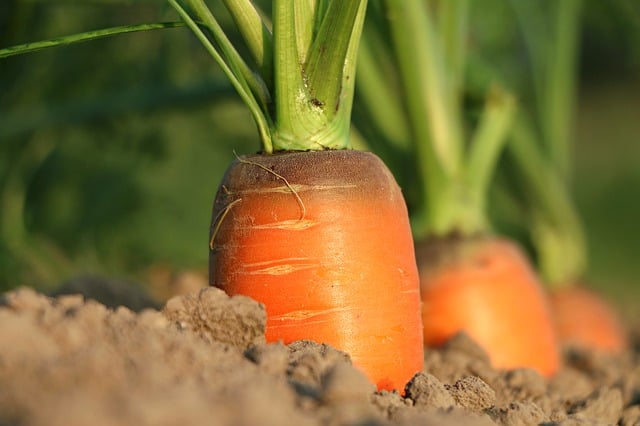
Carrots are an excellent choice for August planting as they allow for a staggered harvest. They prefer light, sandy soil and need thinning if sown densely. Carrots can thrive in temperatures as low as 40°F, offering a hearty flavor when harvested after the first frost. August plantings will yield a fall harvest and can even be overwintered depending on the severity of the winter.
Radishes
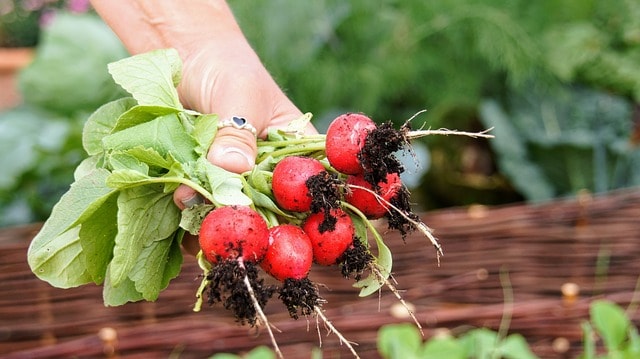
Radishes are among the fastest germinating seeds, often sprouting within a week. They thrive in cooler temperatures, making late August a perfect time for sowing. They can tolerate temperatures as low as 40°F and can be harvested in less than a month. Moreover, their quick growth allows you to plant multiple crops in one season, offering a continuous supply.
Garlic
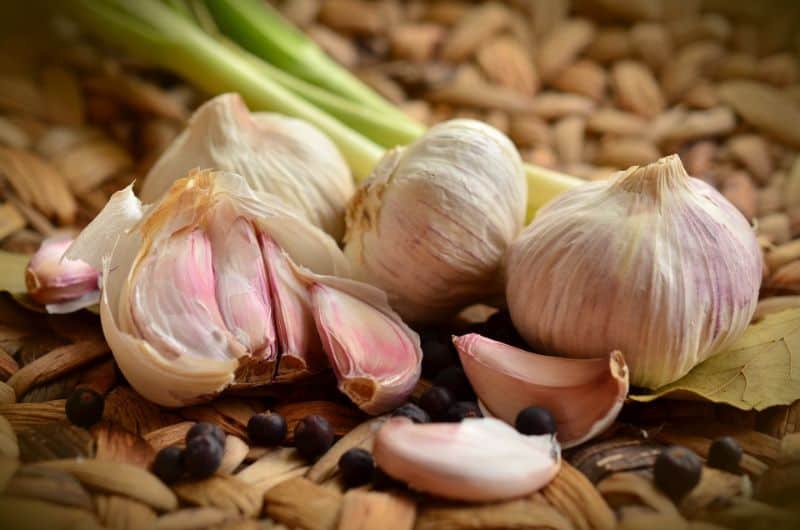
While typically planted in the fall, August is a great time to prepare your soil for garlic. Softneck varieties can be planted in Georgia in the fall, while hardneck varieties are typically sown a bit earlier in the year. Garlic loves well-drained soil with ample nutrients, so ensure you enrich your bed with compost or fertilizer before planting. It’s critical to plant garlic before the first frost, with optimal planting occurring around late August.
Beets
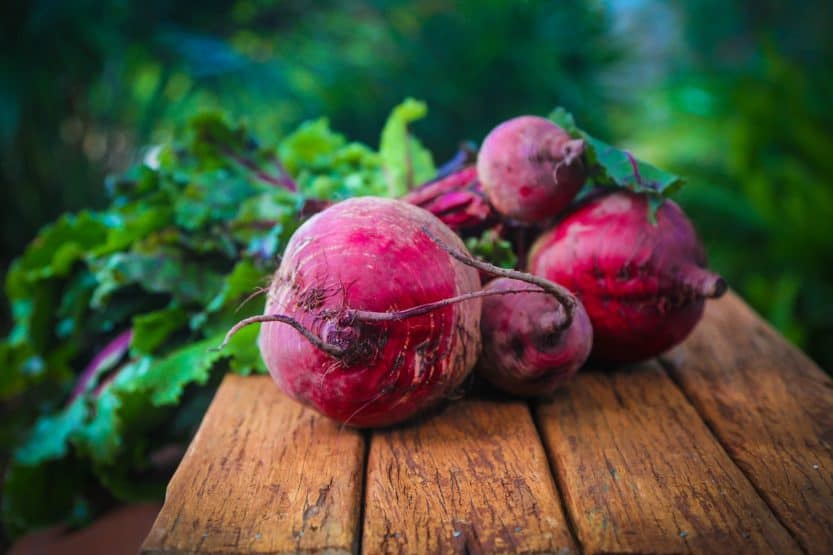
Beets can be sown from mid-August into early September. This versatile root vegetable can grow in both warmer and cooler conditions. In Georgia, they generally perform well in soils rich in organic matter. Their leaves are delicious and provide an excellent addition to salads. Beets thrive in temperatures of 55°F to 75°F, positioning August as the perfect time for seeding.
Broccoli
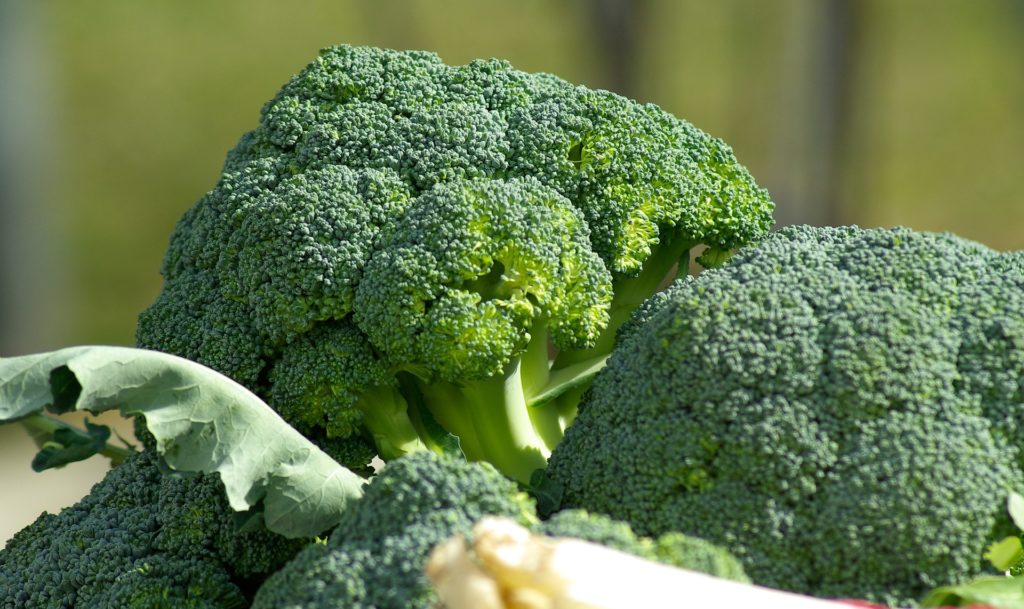
Broccoli can ideally be transplanted in late August after starting seeds indoors earlier in the month. This vegetable prefers cooler weather, and it can even withstand light frosts. In Georgia, broccoli should be spaced adequately to ensure optimal growth since it can be sensitive to overcrowding. With a growing period of around 70 to 90 days, your effort will translate into an abundant autumn harvest.
Swiss Chard
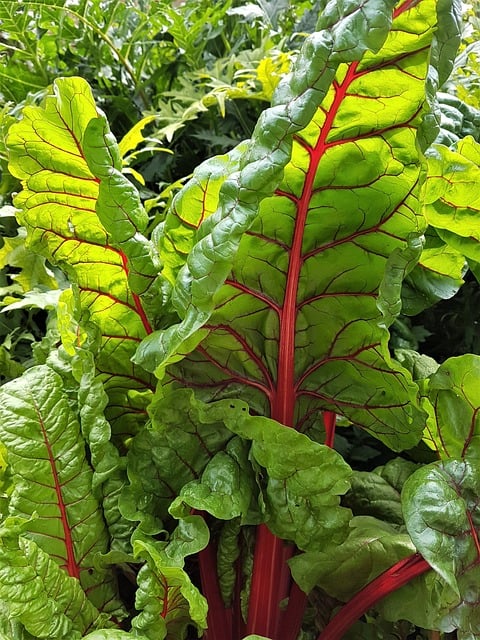
Swiss chard is remarkably heat-tolerant and can be directly sown in late August. This leafy green performs beautifully in USDA zones 7b to 8a, thriving in nutrient-rich soil. It exhibits excellent resilience to both warm and cold temperatures, making it a versatile plant for various climates. Harvesting Swiss chard can occur within 50 days, allowing for fresh greens as the weather cools.
Peas
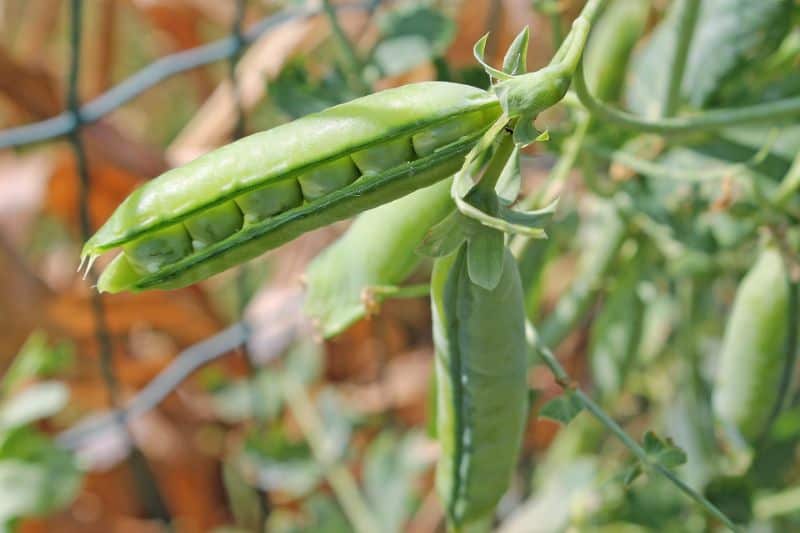
Planting peas in late August allows their growth cycle to align perfectly with the cooler temperatures of fall. This crop can withstand slight frosts and is favored for its delicious pods. It’s best to sow peas when soil temperatures are between 45°F and 70°F, which is achievable in production beds during late summer in Georgia.
Cabbage
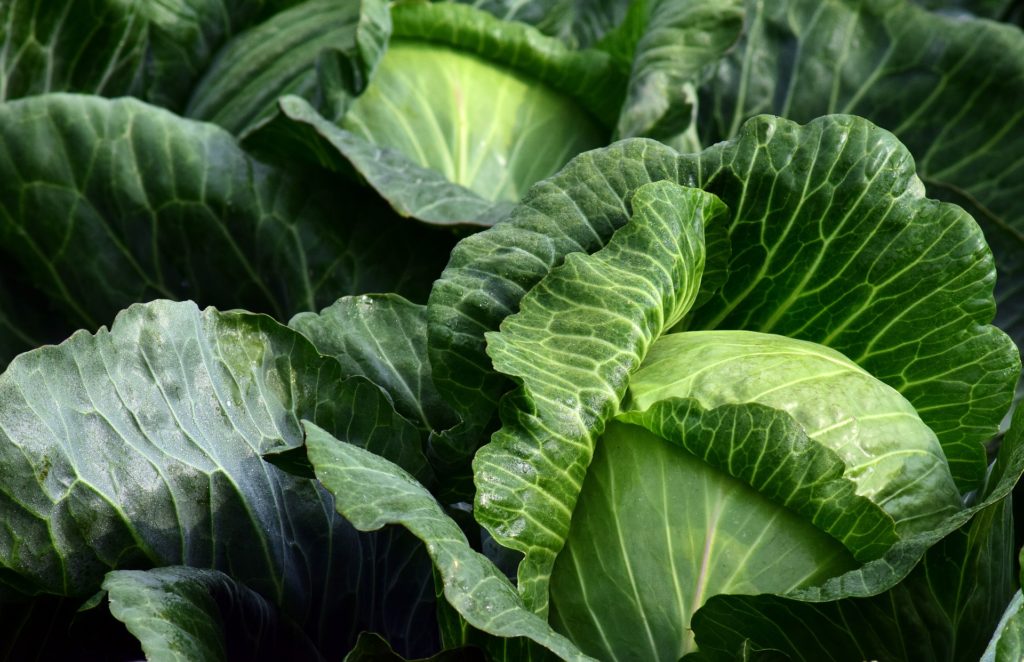
Cabbage, being a cool-season crop, is best sown in August. It can handle a range of soil conditions but prefers well-drained, rich soil. Cabbage can thrive in temperatures as low as 32°F, making them a suitable candidate for planting in August, enabling a harvest by late fall when the heads are firm and full.
Flowers To Plant
August is also an excellent time to plant flowering varieties that will continue to bloom well into fall and even attract beneficial pollinators. Here’s a collection of flowers perfect for late summer planting in Georgia.
Pansies
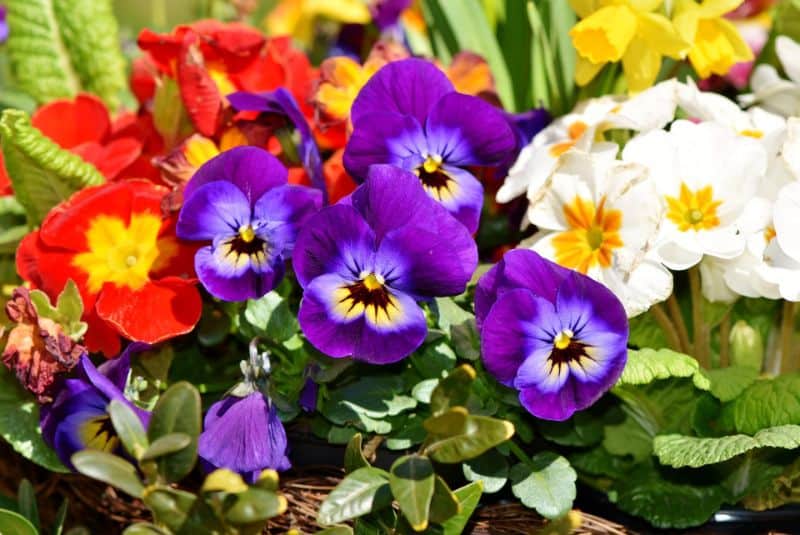
Pansies are an incredibly popular choice for fall and early winter gardens. Planting them in August allows for robust growth as temperatures start to cool. They thrive in rich, fertile soil and can endure temperatures down to 20°F once established. In Georgia’s temperate climate, pansies provide vibrant color and are ideal for both beds and containers.
Mums (Chrysanthemums)
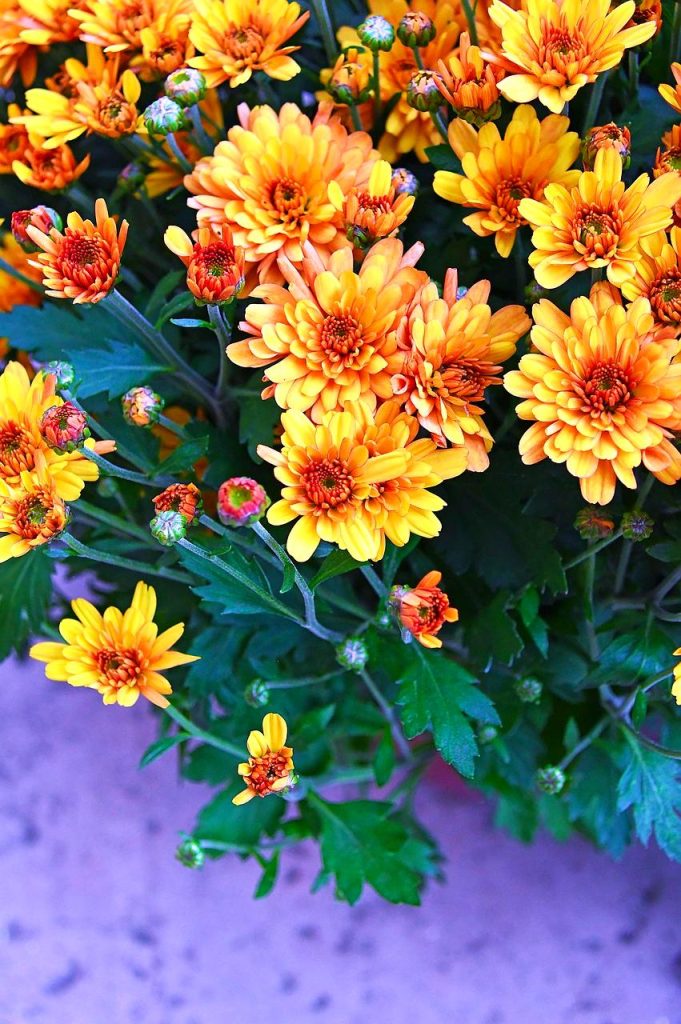
Mums are iconic fall flowers ideal for planting in late August. Their growth is highly encouraged before the arrival of cooler weather, as they can blossom beautifully through late autumn. Mums can tolerate temperatures down to 20°F and are typically planted for seasonal displays, requiring a sunny location and well-drained soil.
Asters
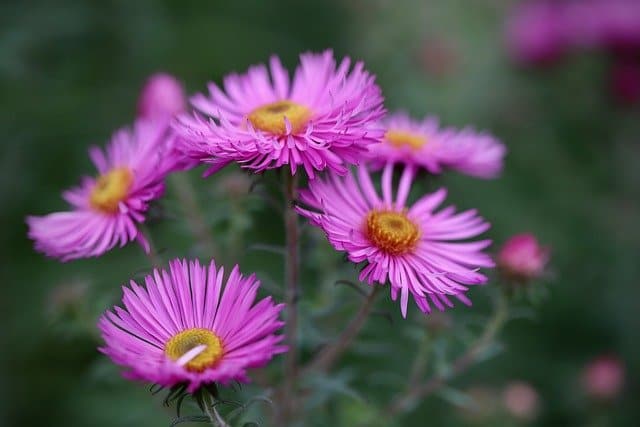
Asters deliver stunning blooms in late summer and fall. August planting is perfect because it allows time for their root systems to settle before autumn sets in. These hardy perennials thrive in full sun and can survive temperatures as low as 25°F. Additionally, they are excellent for attracting pollinators.
Zinnias
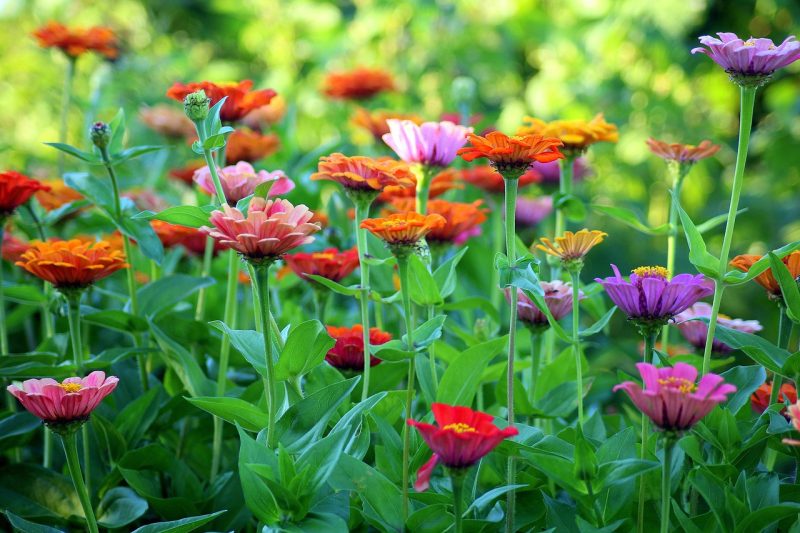
These vibrant annuals are excellent for adding color to the garden, blooming from late summer into the fall. Zinnias can be seeded in August and thrive in full sun with good drainage. They are highly tolerant to heat but prefer cooler weather for prolonged blooming periods. They can grow in various soil types but flourish in fertile soils.
Snapdragons
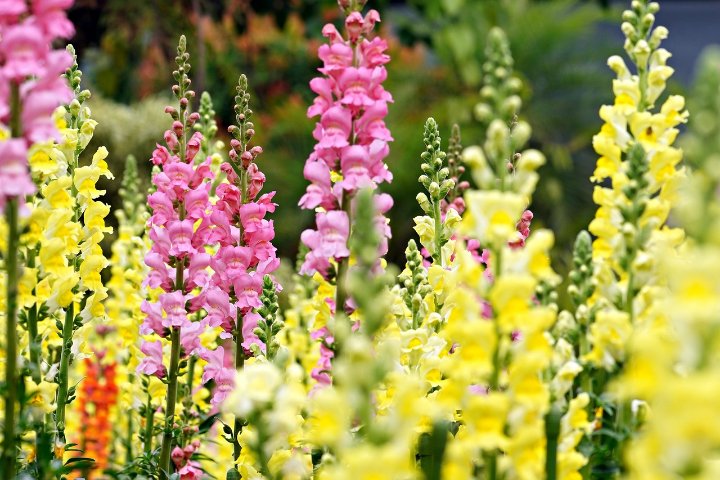
Snapdragons can be planted in mid to late August for a spring bloom the following year. These charming flowers prefer well-drained soil and can endure light frosts, allowing for their use in fall and winter gardens. In Georgia’s climate, snapdragons develop best in cool but sunny conditions.
Calendula
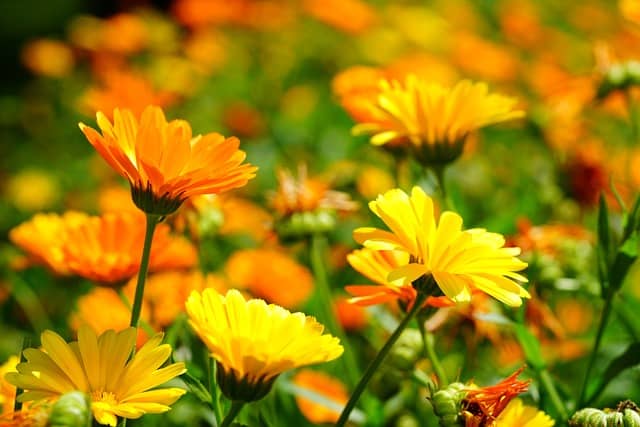
Calendula is a frost-tolerant annual that can be successfully planted in August. Its bright, cheerful flowers thrive in cooler weather and can withstand light frost, contributing a lively pop of color during fall. Calendula prefers sunny locations with well-draining soil, making it an ideal choice for late summer plantings.
Coreopsis
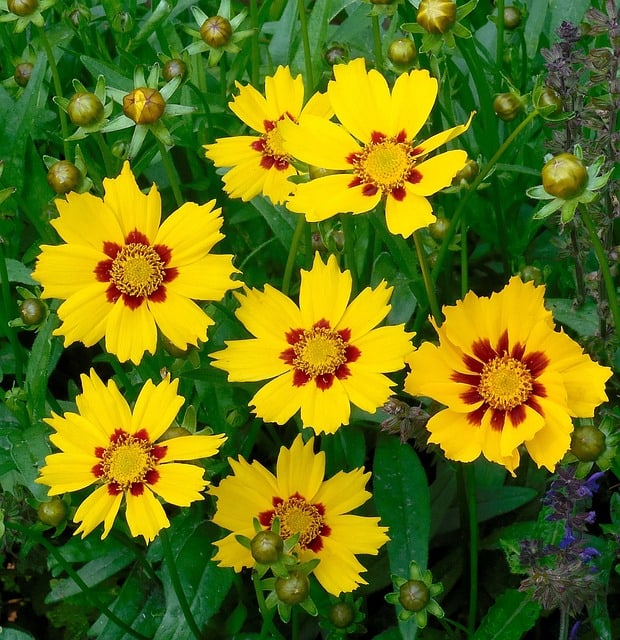
These daisy-like flowers, known for their bright yellow and orange blooms, can thrive in Georgia’s climate when planted in August. They tolerate heat and drought, making them low-maintenance. Coreopsis can survive in diverse soil conditions, accommodating a range of garden environments.
Salvia
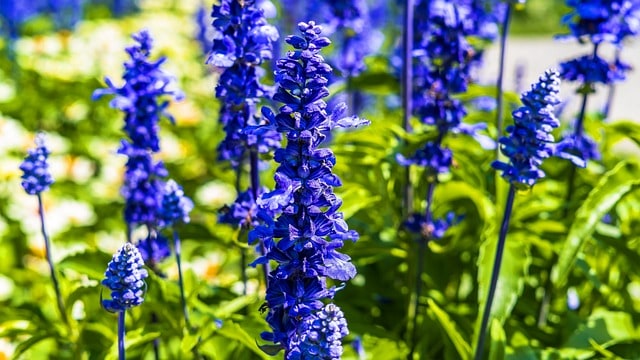
Salvia is a superb choice for late summer gardens. These flowering, aromatic perennials are loved for attracting pollinators and thriving in various soil types. With a notable heat tolerance, salvia can flourish even in warmer temperatures making them perfect for Georgia in August.
Ornamental Grasses
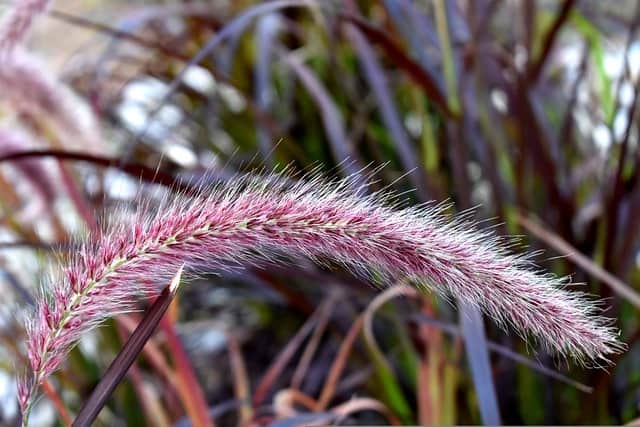
Planting ornamental grasses in August allows gardeners to create texture and movement in the garden. These plants adapt well to various conditions and can tolerate poor soils. Varieties such as pampas grass or fountain grass can flourish in the Georgia heat and are known for their durability and ornamental appeal.
Herbs To Plant
The warm weather and nutrient-rich soil conditions in August create an ideal environment for planting herbs that can flourish well into the cooler months. Below is a list of ten herbs to consider planting this month:
Basil
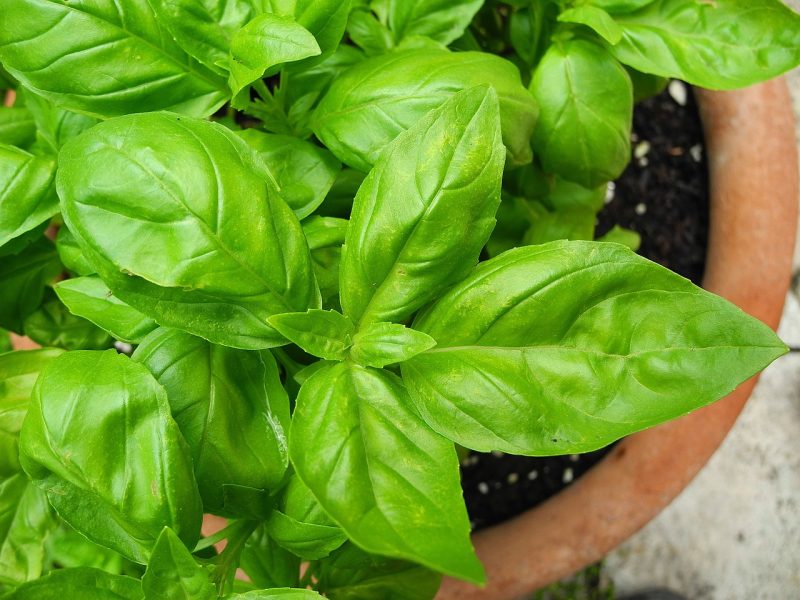
Basil is a warm-weather herb that thrives in hot temperatures, making August an excellent time to plant. It requires full sun and well-drained soil. This aromatic herb is not frost-tolerant, but planting it in August allows for a harvest before winter arrives. It’s ideal for cooking and also works beautifully as a companion plant for tomatoes.
Cilantro
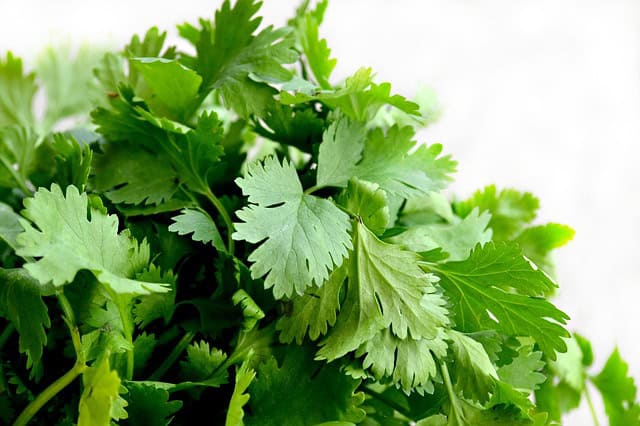
Cilantro is another herb that can be planted in late August as temperatures cool and conditions become less harsh. Sow the seeds directly into the soil, and they will thrive in well-draining to loamy soils. They can tolerate some degree of frost, making them reliable for the transitional season.
Dill
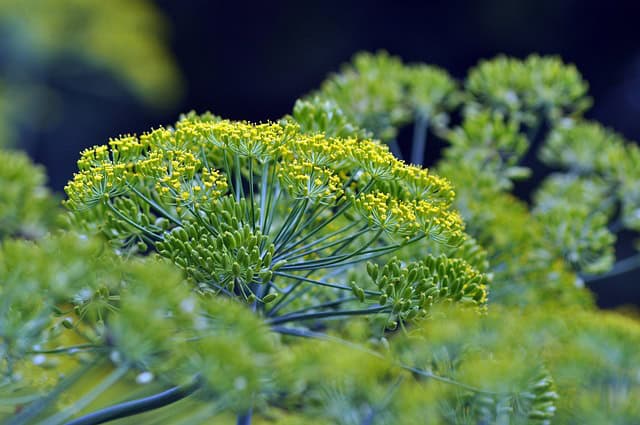
Dill is a fast-growing herb ideal for late summer planting. It prefers well-drained soil and full sun, and a temperature range of 70°F to 75°F is optimal for germination. Dill attracts beneficial insects, making it a great addition to any garden. Harvest can begin once leaves are 6 inches tall.
Chives
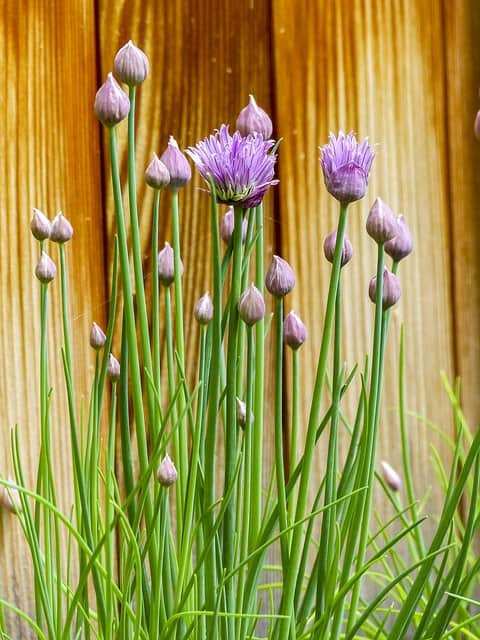
Chives are a perennial herb that can be easily planted in August. They flourish in rich, well-drained soil and prefer full sun. These resilient herbs can survive freezing temperatures, making them perfect for planting just as late summer transitions into early fall.
Oregano
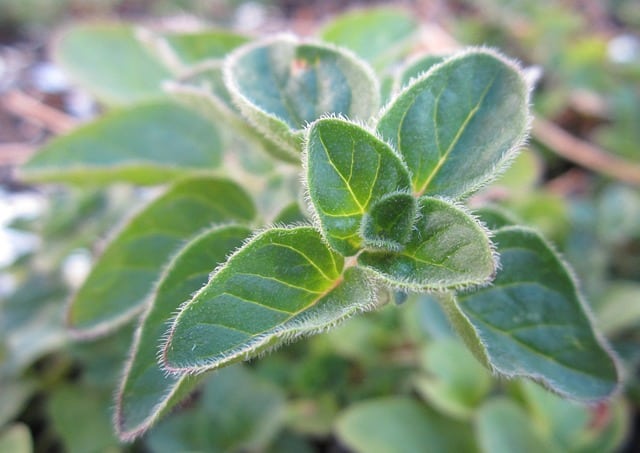
Late August is a suitable time to sow oregano, which thrives in well-drained soil and full sun. This hardy perennial herb can withstand heat and drought and, with its robust flavor, is a staple in many recipes. Its strong aroma is known for attracting beneficial insects into the garden.
Thyme
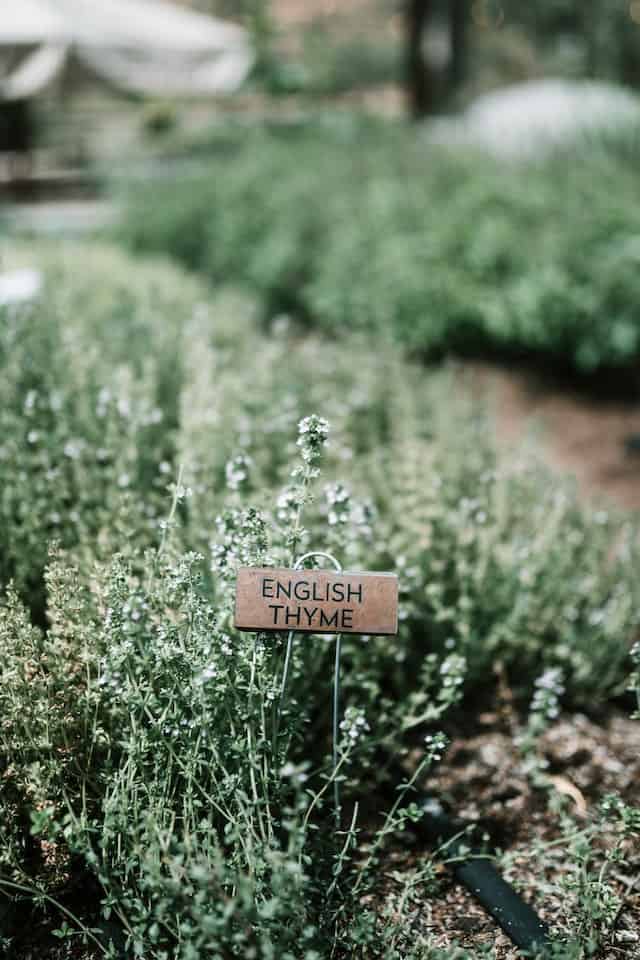
Thyme can be planted in mid-August for a fragrant addition to gardens. This adaptable herb tolerates arid conditions and thrives in poor, well-draining soils. Like many other herbs, thyme can withstand frost, making it a versatile option for fall gardens.
Parsley
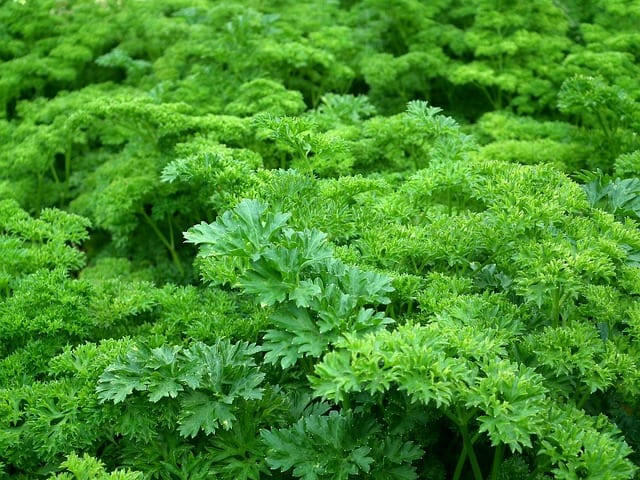
Parsley, which can be started in late summer, prefers well-drained soil and full sun. This herb is biennial, meaning it can survive through the winter and typically lasts for multiple seasons. Planting it now can lead to robust growth in the cooler months.
Mint
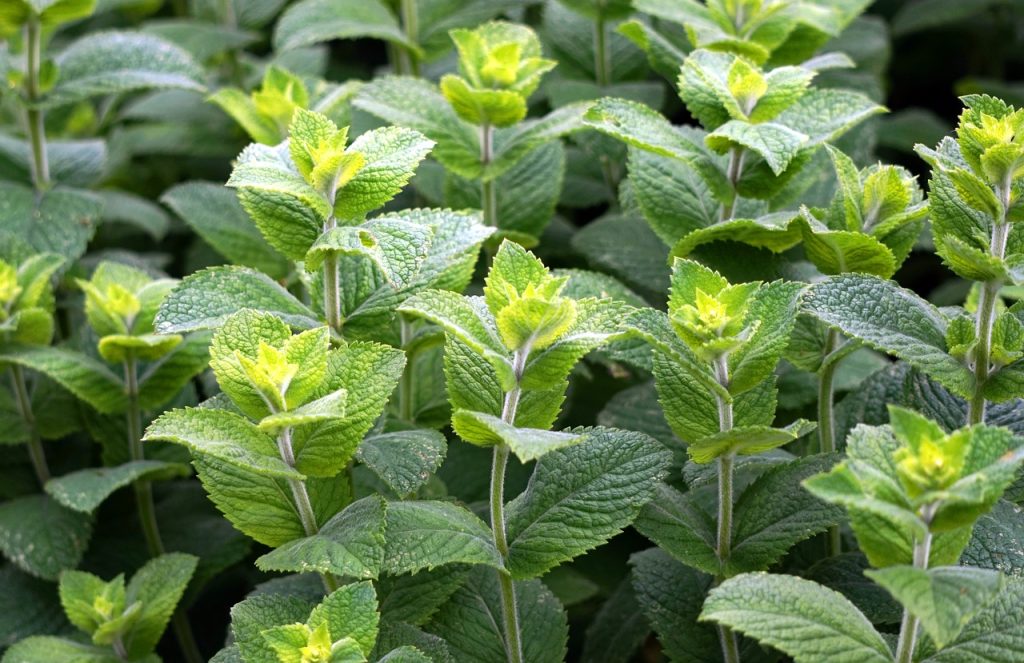
Mint can be planted later in the summer, and it loves rich, moist soil. This hardy herb prefers partial shade, but it can also thrive in full sun. Mint grows aggressively, often spreading rapidly, so container planting is often advised to manage its growth.
Marjoram
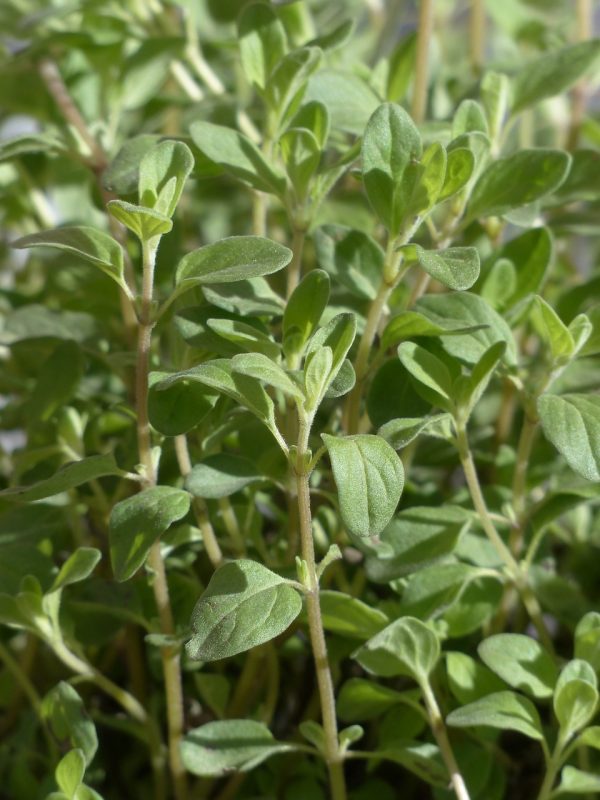
August is a good time to plant marjoram, which requires sunny skies and well-drained soil. This culinary herb adds flavor to various dishes and is slightly more tolerant of cooler temperatures than some of its relatives, making it a reliable choice for late summer planting.
Lemon Balm
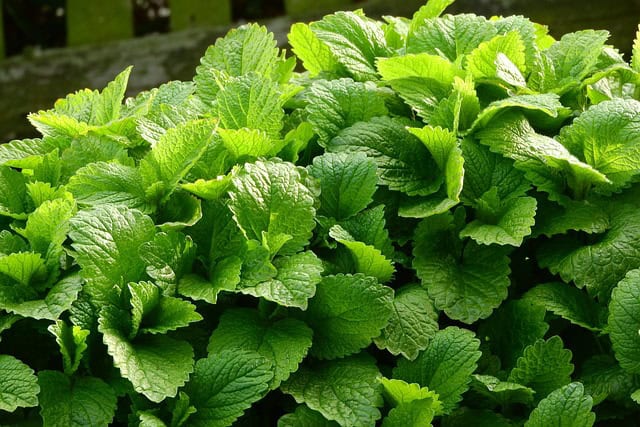
Lemon balm is an aromatic herb that can thrive in Georgia’s climate once planted in late August. It prefers rich soil and partial to full sun. This herb is resilient and can even thrive in light shade, making it suitable for diverse garden settings while providing a fragrant addition.
Landscape Plants To Plant
Beyond just flowers and vegetables, August is also a great time to consider landscaping needs, adding lasting beauty and structure to your garden. Here are ten landscape plants that thrive with August planting in Georgia.
Southern Magnolia
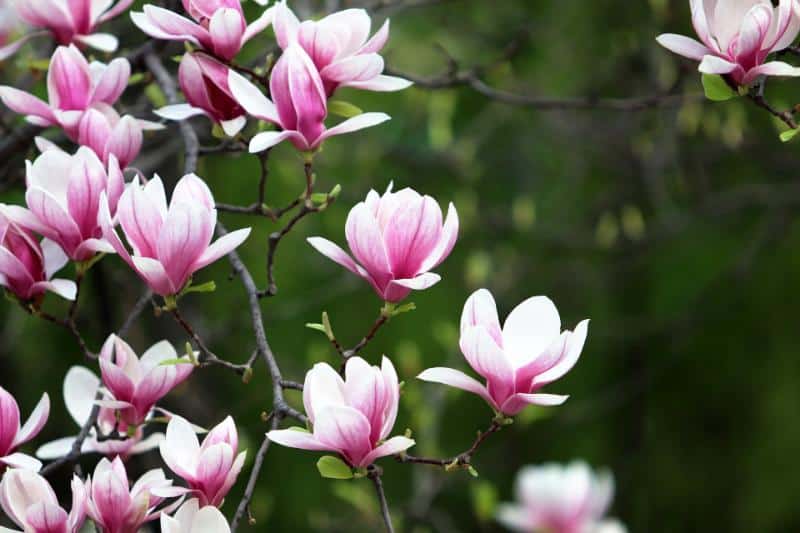
The Southern Magnolia is a classic tree that flourishes in Georgia’s climate, providing beautiful, fragrant blooms and glossy foliage. Ideally planted from late summer to fall, the Southern Magnolia thrives in both full sun and partial shade, adapting well to a variety of soils. These majestic trees can endure drought conditions once established.
Crepe Myrtle
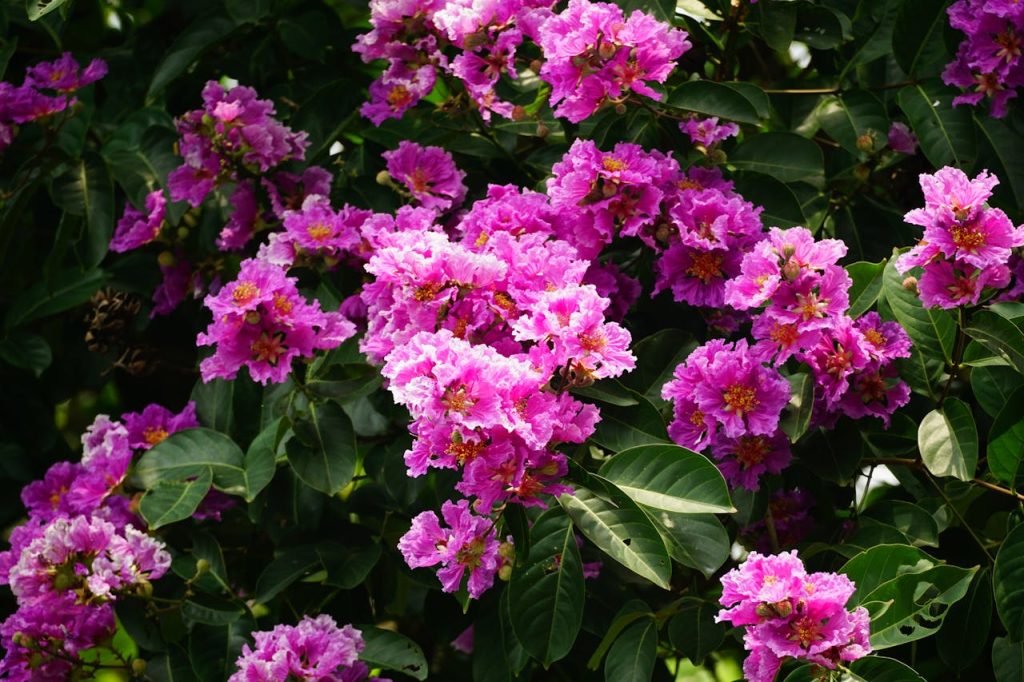
Crepe Myrtles are favored throughout Georgia for their stunning summer blooms. These hardy plants can be planted in August, as they thrive in full sun and tolerate hot climates. With varieties that range in size, they can serve as statement trees or shrubs in any landscape.
Azaleas
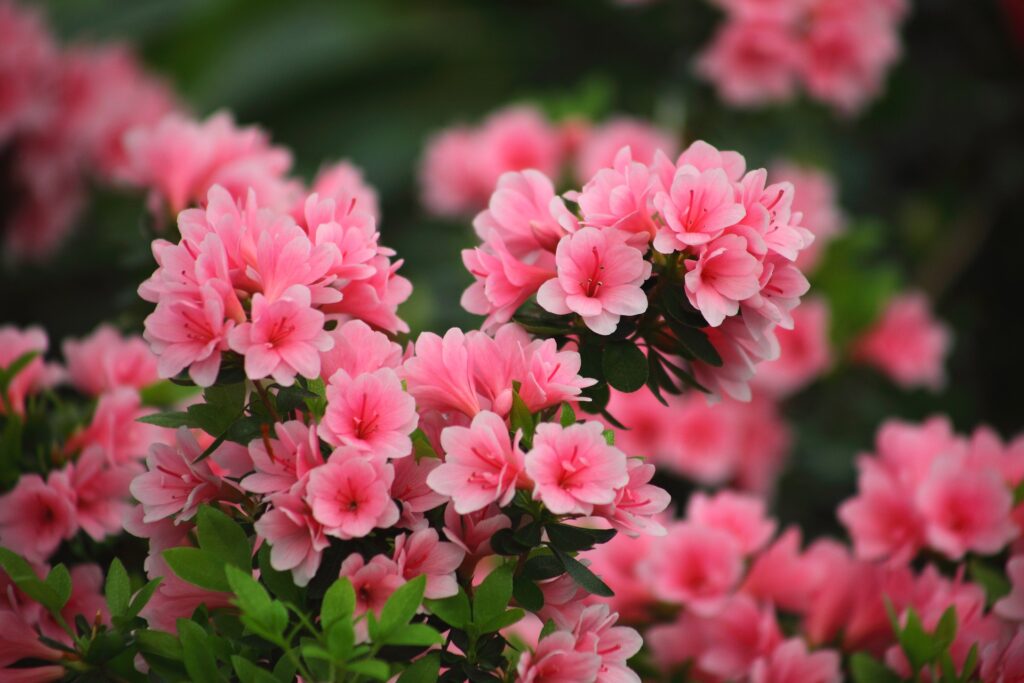
Azaleas are a staple in southern gardens. Planting them in late August allows for root establishment before cooler temperatures set in. These flowering shrubs thrive in partial shade and well-drained acidic soil, showcasing beautiful blooms in the spring and summer.
Bottlebrush
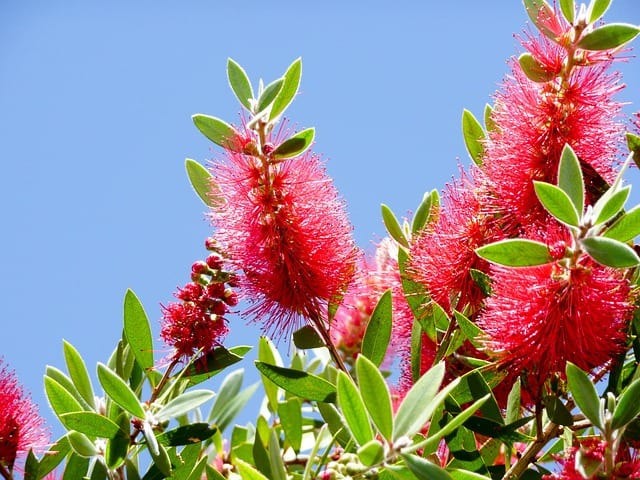
The Bottlebrush plant, with its unique and vibrant flowers, does well in Georgia’s moderate climate. Best planted in late summer, it thrives in full sun and attracts pollinators actively. This plant can tolerate various soil types, making it an adaptable choice for diverse landscapes.
Lantana
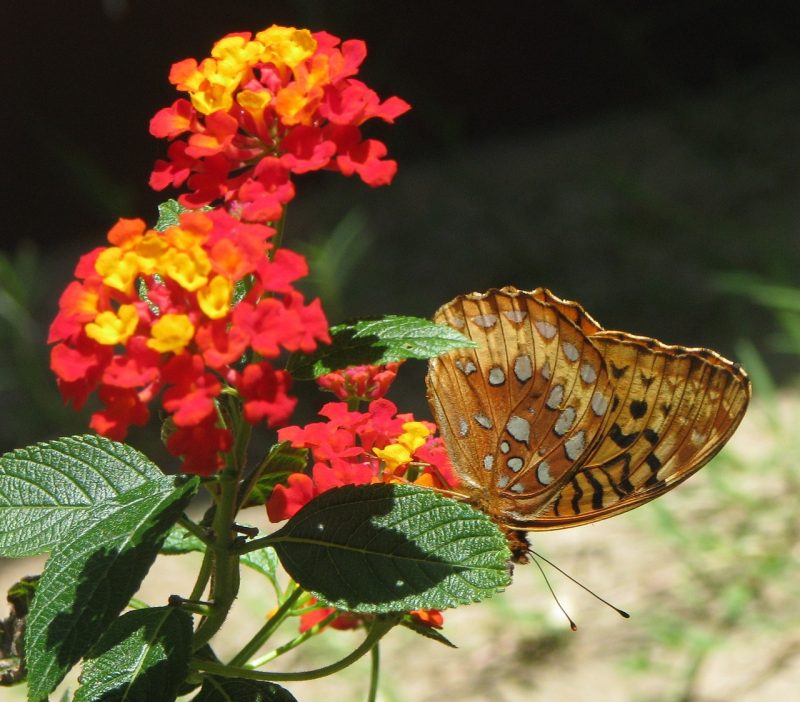
Lantana is a drought-tolerant perennial that can be planted in August for a splash of color throughout the fall. Able to withstand heat and poor soil conditions, this hardy plant attracts butterflies and is perfect for sunny garden beds or borders.
Daylilies
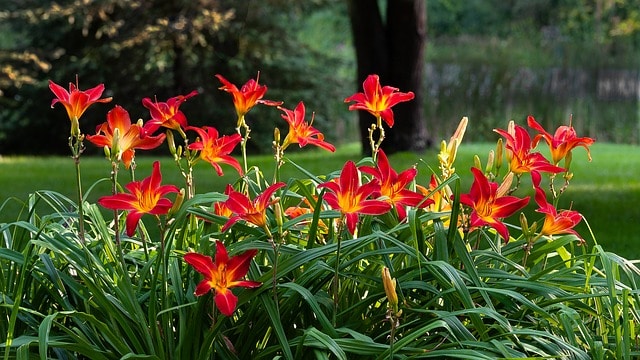
Daylilies are tough perennials well-suited for August planting. These resilient plants can grow in various soil types and bloom profusely under sunny conditions. Once established, they require minimal maintenance and can tolerate drought, an added benefit for many gardeners.
Camellia
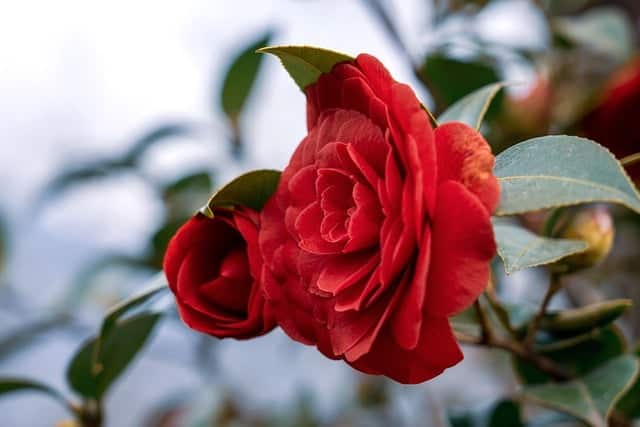
Late summer is an appropriate time to plant Camellias. These evergreen shrubs provide lush foliage and stunning blooms during the fall and winter, making them a beautiful addition to borders or as a focal point. Camellias prefer partial shade and moist, well-drained soil.
Japanese Maple
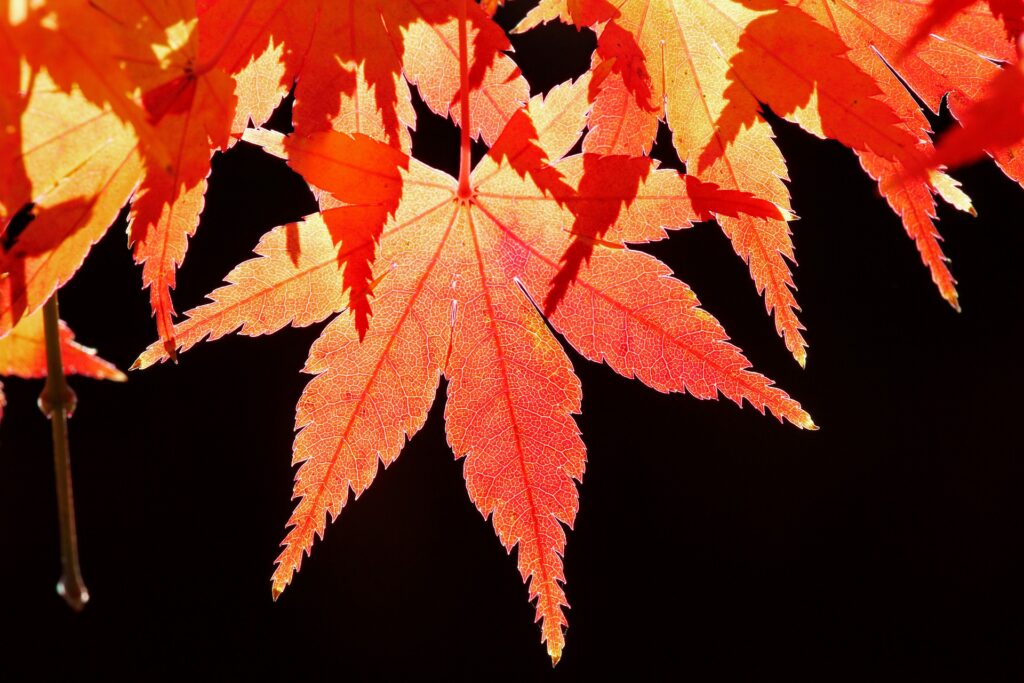
Japanese Maples are superb ornamental trees, lending elegant structure to any landscape. Late August is a fantastic time for planting when soil temperatures remain warm, helping them establish roots before winter. These trees thrive in partial shade to full sun and require well-drained soil.
Red Tip Photinia
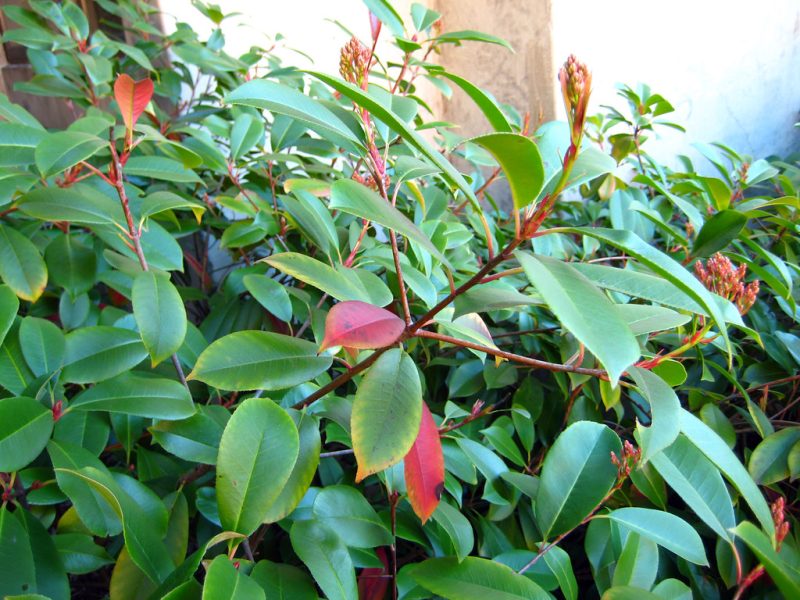
Planting Red Tip Photinia in August provides an excellent privacy hedge. The foliage thrives in full sun and offers beautiful red tips in spring followed by vibrant green leaves, making them aesthetically pleasing year-round. They are also tolerant to a range of soil types, adding to their versatility in landscapes.
Encore Azaleas
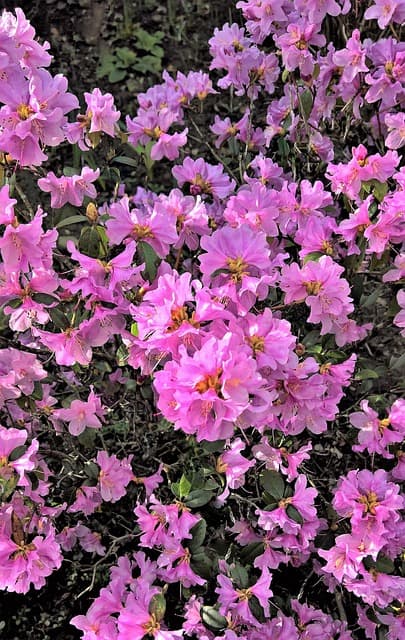
Encore Azaleas are an improved hybrid variety that blooms in spring, summer, and fall. Planting them in August provides the best chance at establishment before winter arrives. These hardy shrubs do well in partial shade and variety of soil conditions, delivering beautiful blooms when many other plants are finished flowering.


